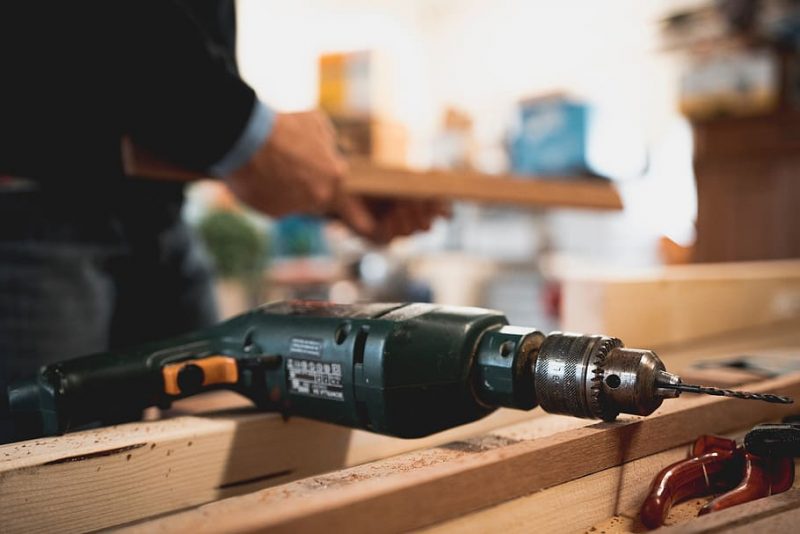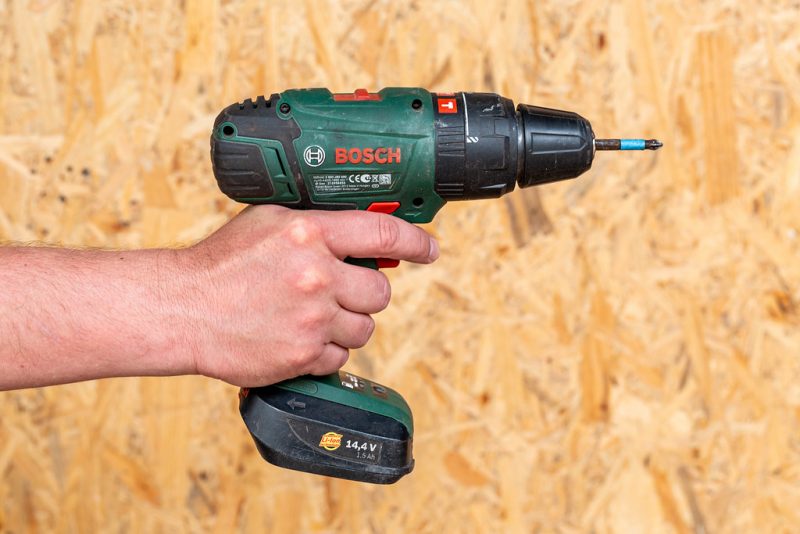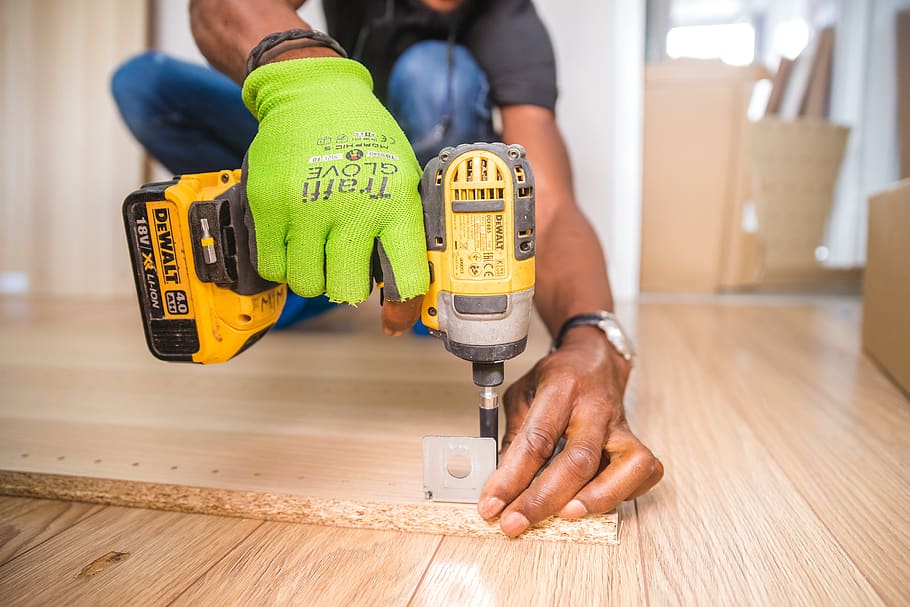
3 Great Tips for Using a Drill
Contents
– Step 1: Choose the drill
– Step 2: Choose the drill bit
– Step 3: Use the drill
The drill is the essential tool of any handyman. There are 2 types of simple electric drills: the corded drill and the cordless drill.
The majority of drills sold in large DIY stores have an optional screwdriver function. You will also find many models with the percussion option, which increases the force of support and allows you to drill through concrete, for example.
Cordless drills are, in most cases, equipped with a loading level placed on the top of the drill or the handle.
With these two types of drills, you can drill through most materials.
Here’s how to use a drill.
1. Choose the drill

Choose your drill according to your use:
– If you use a drill only occasionally, choose a low-cost drill. Beware of cheap drills, however, as they may run out of steam quickly.
– If you use a drill regularly, choose a more expensive drill, one that will still perform well over time.
There are several types of drills, each of which has a specific use:
– The screwdriver drill: its multifunction makes it the best ally of the Sunday handyman.
– The percussion drill: ideal for drilling hard materials, such as concrete.
– Angle drill: allows access to hard-to-reach corners.
– The cordless drill: offers excellent mobility and ease of use.
– The drill: it combines the functions of a screwdriver, a percussion drill, a chisel… It will prove helpful in masonry work.
If you use it regularly, ask yourself the right questions:
– Do you need to have a lot of mobility? Cordless or corded?
– Will you use it for a long time? How much weight will you be able to support? If corded, how long will it last?
– How much drill power do you need?
◦ Be aware that the higher the voltage, the heavier and more powerful the drill and the more expensive.
◦ If you want to drill through “hard” materials, opt for a hammer drill.
– Locate the different features of each drill: the screwdriver-dissector function and a mixing bit will make your purchase profitable by multiplying the uses!
Also, pay attention to:
– the speed (rpm): the higher the speed, the more heat it generates, which can damage the drills.
– the diameter of the chuck, to which you must adapt your drills.
2. Choose the drill bit

Drills must be adapted to the material to be drilled: a wood drill will not easily drill through concrete. When purchasing drills, make sure that the drills are well adapted to the material to be drilled by referring to the indications on the box.
There are several types of drills:
– wood drills;
– concrete drills;
– metal drills.
Tip: To make specific delicate drilling easier, such as on stainless steel, lubricate your drills.
3. Use the drill
If you are using a corded drill: to work in good conditions, connect the plug of your drill to a 5 or 10 m extension cord, which will give you some freedom of movement.
If you are using a cordless drill: check that the charge indicator is at maximum.
Drills have a chuck, which is used to lock the drill bit in place when drilling. You can unscrew this with a wrench or by hand.
Insert a drill bit that matches the diameter of the dowel into the chuck, making sure that it is held firmly by the chuck.
Tip: To make your drills last longer, lubricate them before use!
To avoid the risk of marking the wall outside the hole to be drilled, draw a pre-hole.
– To do this, place the drill bit inserted in the drill on the mark you have made at the location of the hole to be drilled.
– Start the drill after setting it to minimum drilling speed.
– Pre-drill the hole a few millimeters.
– Increase the speed of the drill and drill your hole.
– Blow out the hole to remove the dust.
Now all you have to do is insert a dowel with the correct diameter into the drilled hole and screw in a suitable screw!
Equipment needed to use a drill.
| Drill | Starting at $30 |
| Dowels | From $1 per $25 |
| Screws | From $2 per bag |
| Drill | $2 per drill approximately |











